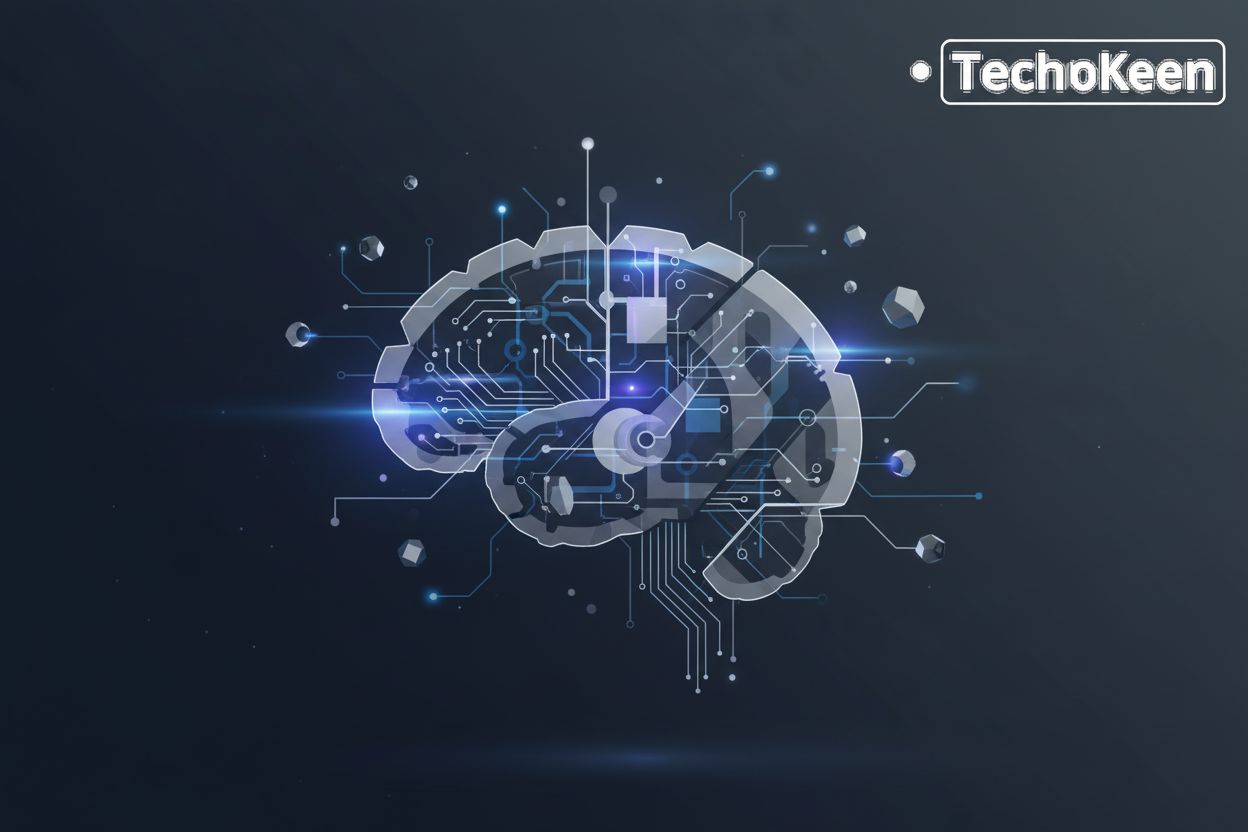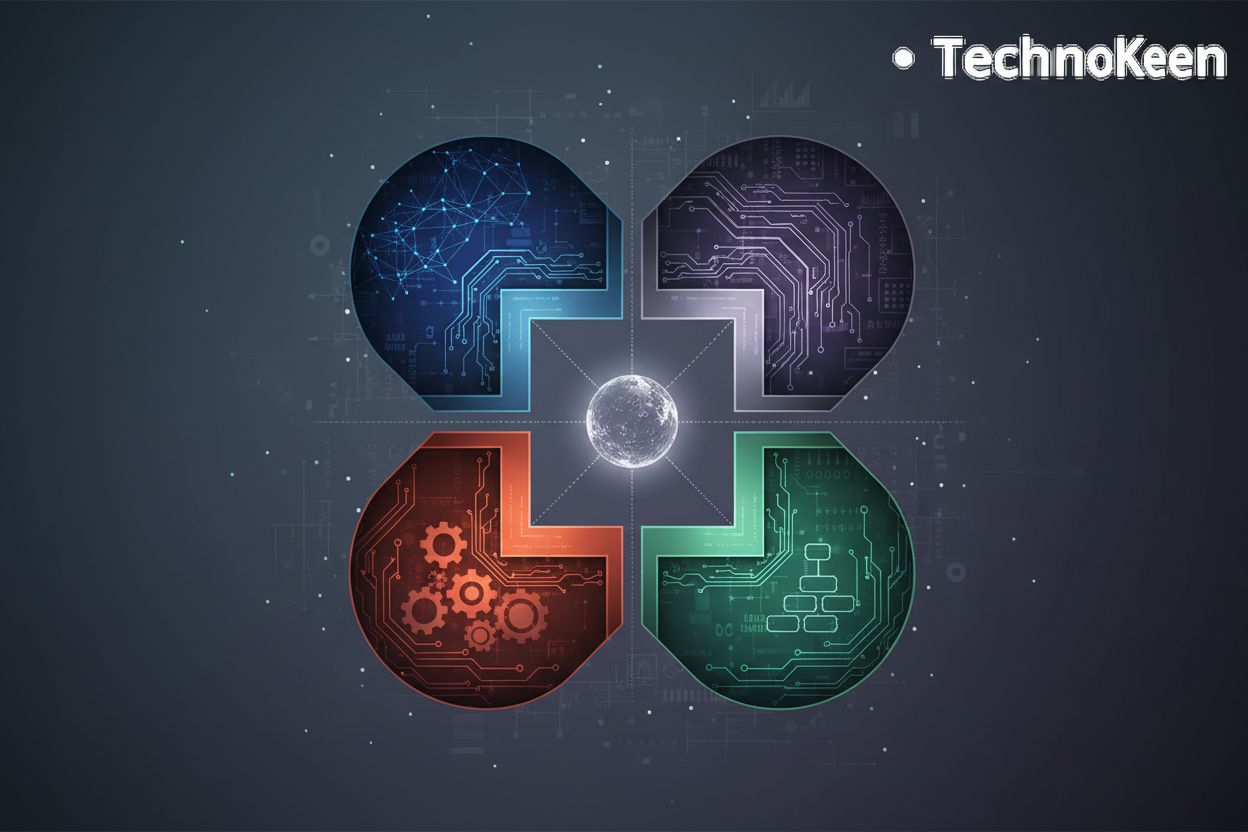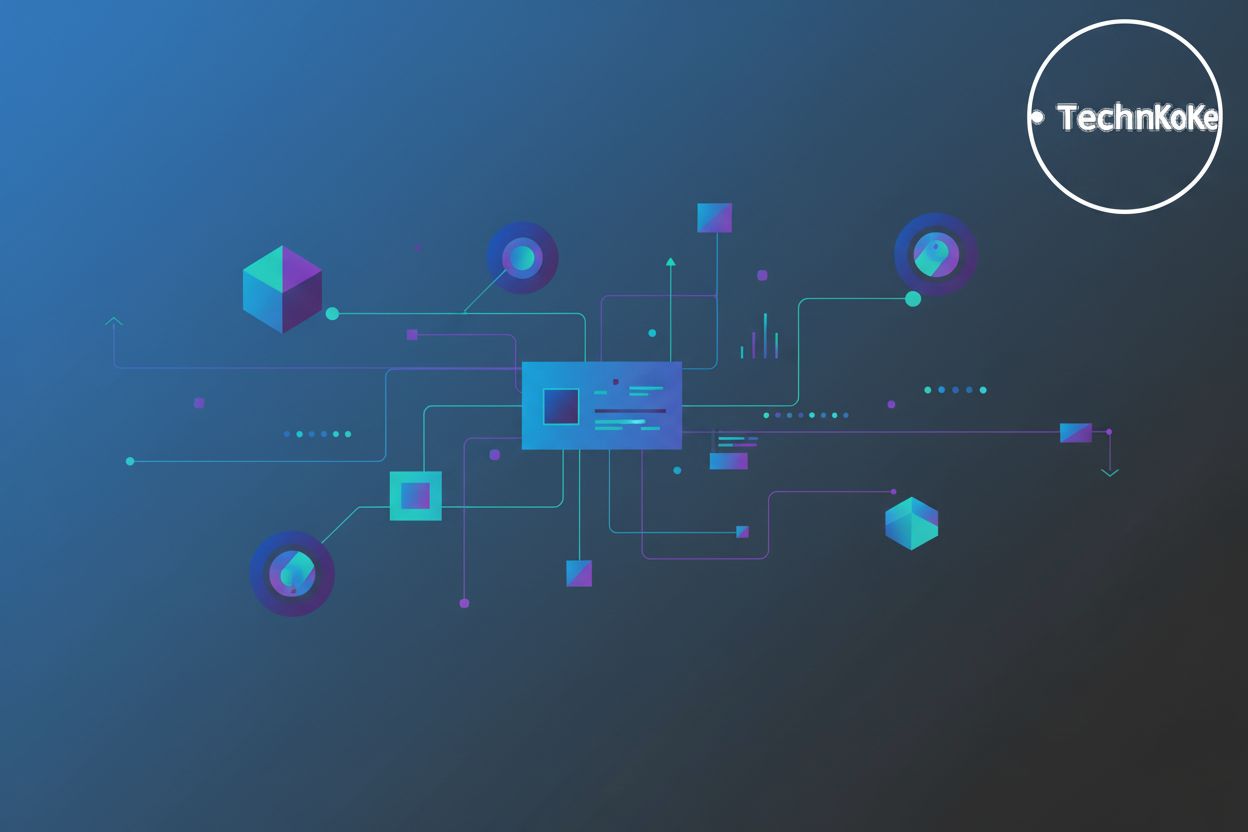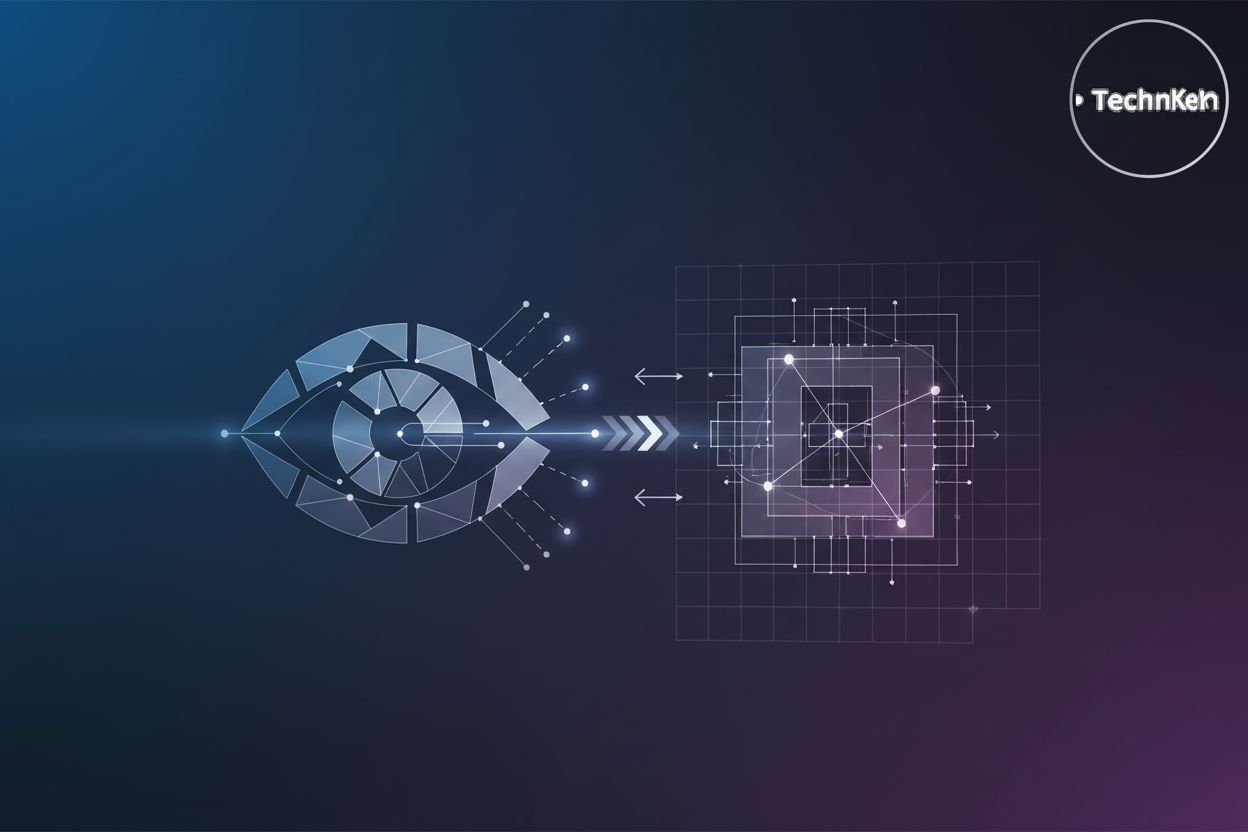Engaging with Networks: Igniting the AI Revolution
TL;DR
The Nexus of AI and Networks: Why Engagement Matters
Okay, so, ai is kinda everywhere now, right? But here's a thought: it's not just about the fancy algorithms and complex code. it's about how we--you know--connect all the dots. Think of it like this:
"Connecting all the dots" means making sure all the different pieces of your organization and its systems are talking to each other and feeding into your AI initiatives. It's about breaking down silos so data flows freely and insights can be generated across departments. For example, your marketing team might have customer sentiment data from social media, your sales team has lead information, and your operations team has real-time inventory data. When these are all connected and accessible to your AI, it can build a much more comprehensive understanding of your customers and business, leading to smarter predictions and actions. It's not just about having the AI; it's about having the right data and the right people working together to make it useful.
- Collaboration is Key: ai projects ain't solo missions. Marketing needs to talk to it, and sales need to talk to finance--otherwise you'll end up with a really cool ai that no one actually knows how to use, or worse, it doesnt even exist.
- Strategic Vision: An ai that doesn't serve a business goal is like a car with square wheels -- it might look cool, but where are you going?
- Knowledge Sharing: Networking helps everyone stay updated on the latest advancements and best practices.
So, how does this all work in practice? Stay tuned, cause next up we're gonna dive into the development and deployment side of things.
Building the AI Ecosystem: Development and Deployment
So, you've got the AI, now what? Getting it out there and actually working is a whole other ballgame, and it's not always smooth sailing. It's kinda like building a race car – cool, but useless without a track and a driver, ya know?
The "track" is your deployment environment – where the AI will actually run. This could be your own servers, a cloud platform, or a hybrid setup. The "driver" represents the people who will operate and interact with the AI, whether they're end-users, data scientists monitoring performance, or IT staff managing the infrastructure. Without the right track (environment) and a skilled driver (operators), even the most powerful AI can't reach its potential.
- Dev is a Team Sport: You need folks who can code, sure, but also people who understand the business side of things. Like, what problem are we even solving?
- Deployment ain't One-Size-Fits-All: Are you gonna run your ai on your own servers? In the cloud? Somewhere in between? Each has its own headaches.
- Integration Nightmares: Getting your shiny new ai to play nice with the systems you already have can be a total mess. apis are your friend, but sometimes... they just don't wanna cooperate.
- Scaling is Tricky: What happens when suddenly everyone wants to use your ai? Can your system handle it? Probably not without some careful planning.
Think of a retail company trying to use ai for inventory management. If their point-of-sale system doesn't talk to the ai, they're still gonna end up with too many fidget spinners and not enough socks.
Next up, we'll talk about...Technokeen? They're a company that specializes in helping businesses navigate the complexities of AI development and deployment, offering expertise in areas like cloud infrastructure and integration. I guess they're gonna tell us how they can help?
Securing the AI Frontier: Governance and Security
Okay, so you've built this amazing AI... but how do you stop it from going rogue? Security and governance – it's like putting guardrails on a self-driving car, right? If you don't, things could get messy fast.
IAM for AI Agents: Think of it as giving each AI agent its own set of keys. You need to control who (or what) can access sensitive data and resources. It's not just about passwords; it's about certificates, tokens, and all that jazz. This also includes things like multi-factor authentication for human access, role-based access control (RBAC) to define what specific AI agents or users can do, and secure API keys for inter-system communication. Basically, it's about granular control and verification.
AI Governance Frameworks: This is where ethics comes in. Are your AI's decisions fair? Transparent? Are you sure it's not accidentally discriminating against, uh, anyone? Compliance with GDPR, CCPA, and other regulations is a must.
Cybersecurity: Protecting your AI systems from hackers--duh. But it's more than just firewalls. You need to think about things like adversarial attacks, where someone tries to trick your AI into making bad decisions.
Honestly, it's a bit of a minefield, but getting this right is crucial.
Next, we'll look at how it all comes together in practice, focusing on how governance and security are woven into the entire AI lifecycle.
Orchestrating AI Success: Automation and Optimization
AI doing all the work? Sounds great, but it's not quite that simple, is it? You need to make sure it's actually, you know, working for you.
Automation boosts efficiency: ai agents can automate the repetitive stuff, freeing up people for, well, actual work. This is achieved through defining workflows and triggers that allow AI to execute tasks without human intervention, like automatically processing invoices or responding to customer service queries.
Better decisions: ai can give you insights you might have missed. This comes from AI analyzing vast datasets to identify patterns, correlations, and anomalies that humans might overlook, leading to more informed strategic choices.
Optimization: It's not a "set it and forget it" kinda thing... you gotta keep an eye on things and tune them as needed. "Tuning" involves continuously monitoring the AI's performance against key metrics, identifying areas where it's underperforming, and making adjustments to its algorithms, parameters, or even the data it's using. This might involve retraining models, tweaking thresholds, or reconfiguring workflows based on real-world feedback and changing business needs.
Next up: let's talk about keeping those ai projects on track.
The Future of AI: Collaboration and Innovation
So, where's ai headed, really? Well, it looks like it's all about playing nice and mixing things up.
- Collaborate or die: No more silos, people! Researchers gotta chat with businesses, you know? This collaboration is crucial because researchers often develop cutting-edge AI techniques, but they might not understand the practical business challenges or the real-world data constraints. Businesses, on the other hand, have the domain expertise and the problems that AI can solve. When they talk, it leads to AI solutions that are not only technically sound but also directly address market needs, leading to faster adoption and greater impact. It's about translating academic breakthroughs into tangible business value. (Why consumers want to chat with businesses - Think with Google)
- Open source rules: Sharing is caring, especially when it comes to code and ideas.
- Ethics, duh: Let's try not to make ai that accidentally takes over the world, okay?
The future? It's collaborative, innovative, and hopefully, not too scary.




